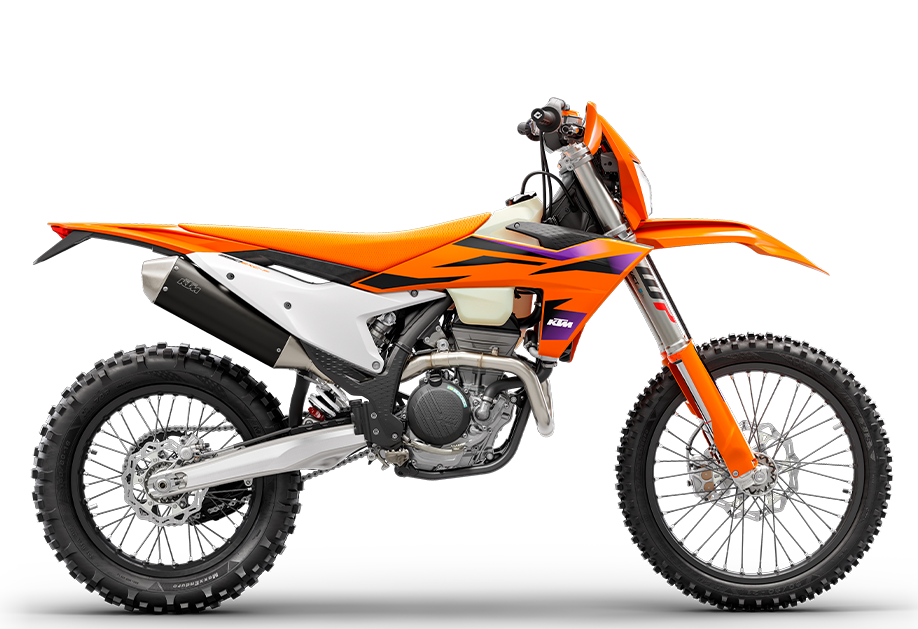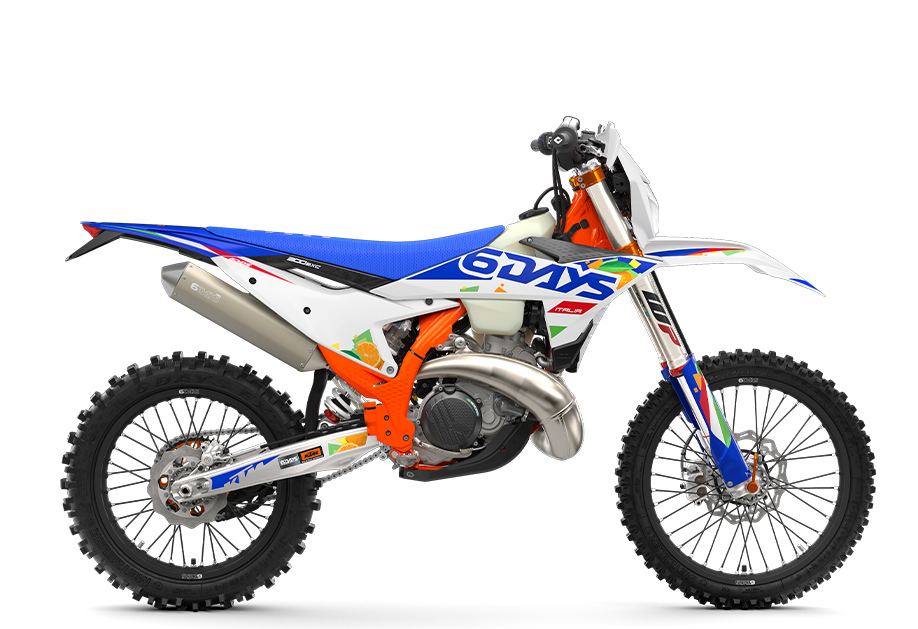
Riding Enduro is unlike any other form of motorcycle competition. The race is not only against your opponents; the real challenge is the terrain and ever-changing, unpredictable conditions. Enduro dirt bike riders are in battle with themselves first and their opponents second. It is a sport that requires toughness, skill, and speed on the one hand, but also requires the constant pushing of boundaries on the other. Keeping an edge in this fast-moving and increasingly challenging world requires constant improvement and innovation in terms of technique, equipment, and approaches to training. In Enduro, not everyone will make the finish line. In fact, many won’t. But the KTM EXC range gives riders an unfair advantage, and drastically improves their chances. Every ride is about pushing yourself, the motorcycle, and the sport to an entirely new level.
2026 KTM 300 EXC HARDENDURO
BUILT TO BEAT THE BEST
The 2026 KTM 300 EXC HARDENDURO is ready to roll out of the racing van and onto the prologue starting line. Based on the already legendary KTM 300 EXC, the HARDENDURO sets itself apart with an exclusive HARDENDURO parts package. Hardcore protection parts, pull-straps, CNC-machined components - not to mention full-adjustable closed cartridge forks - and a totally unique graphics kit, makes this the ultimate READY TO RACE package for tackling the World's toughest offroad championship.
KTM’s innovative, industry-leading 2-strokes dirt bikes are the perfect weapons for technical, hard Enduro type riding. They are light and agile, with plenty of “snap”. Essentially, everything you need to conquer the sport’s most extreme obstacles. With innovative Throttle Body Injection (TBI) technology in all the 2-stroke models (125cc to 300cc), the power is instant and pure, regardless of altitude or conditions you are riding in. Thanks to an improved air to fuel mix ratio, the new range of 2-stroke models allows a rider to push to new extremes.
2-stroke

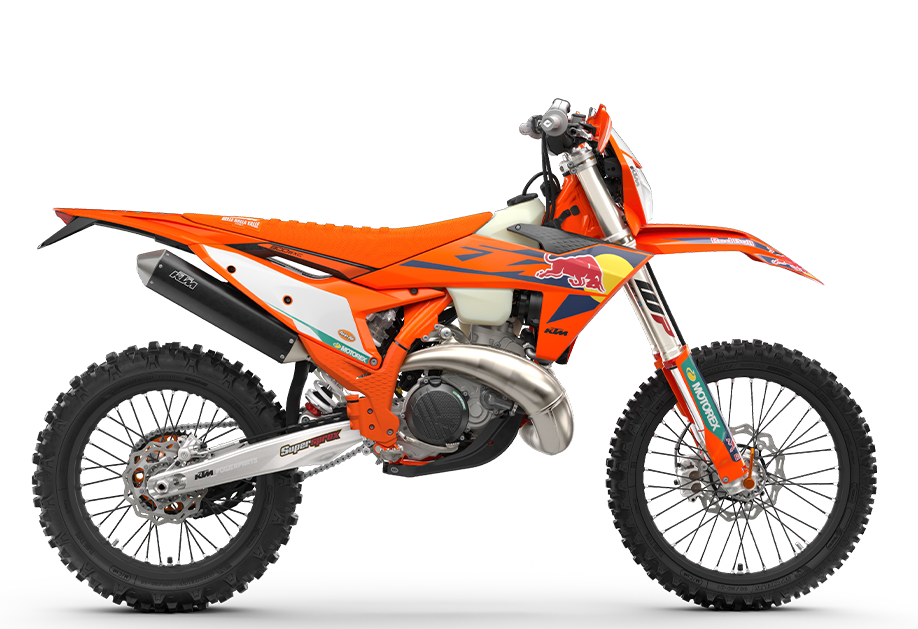
2026 KTM 300 EXC Champion Edition
CHALLENGE ANY TERRAIN
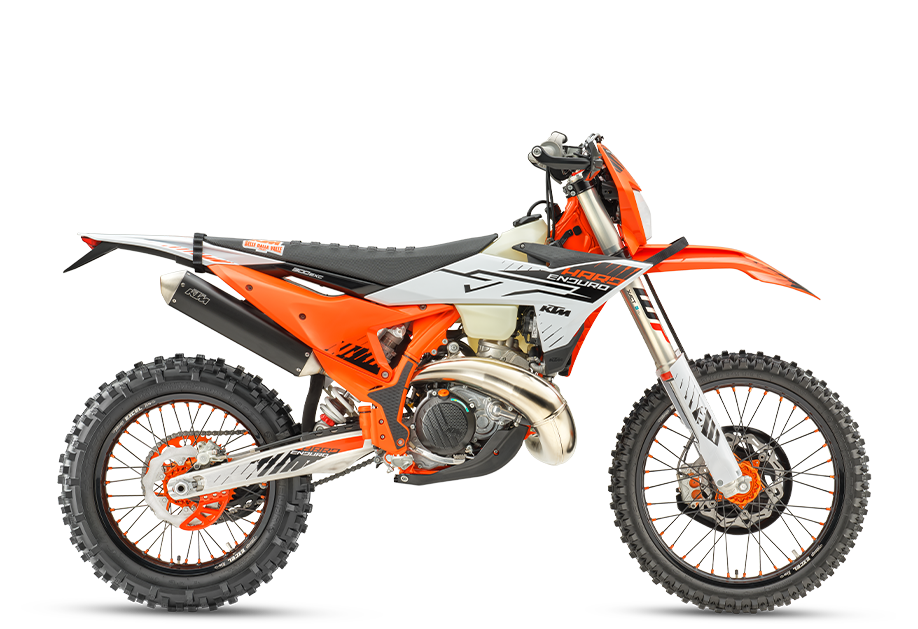
2026 KTM 300 EXC HARDENDURO
BUILT TO BEAT THE BEST
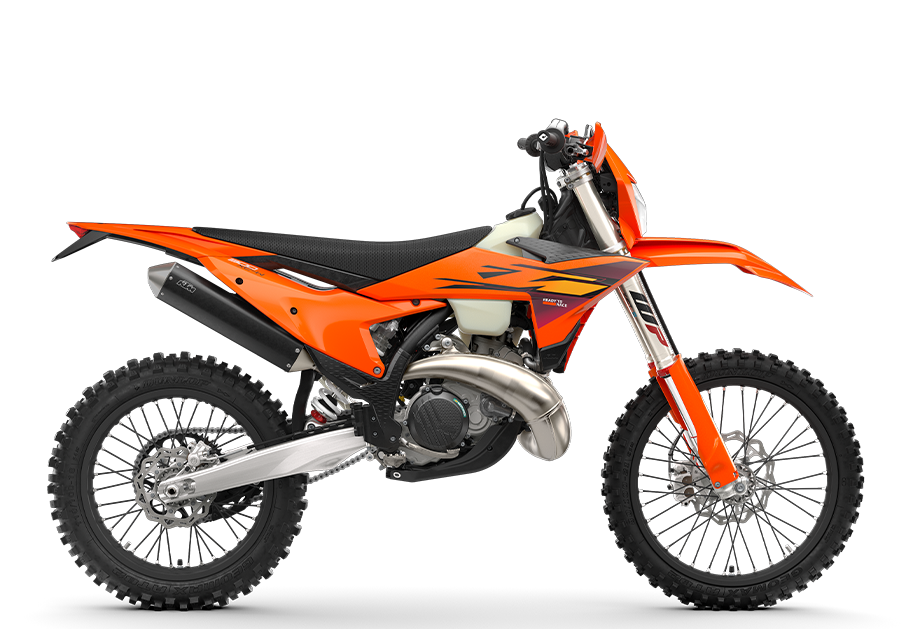
2026 KTM 300 XC-W
LEGENDARY ENDURO
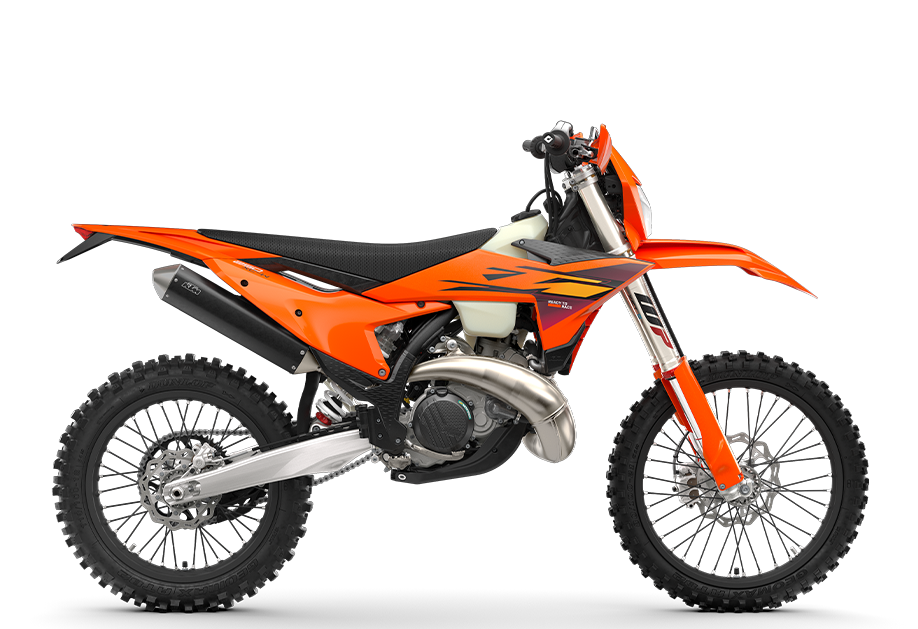
2026 KTM 250 XC-W
RACE TO NEW HEIGHTS
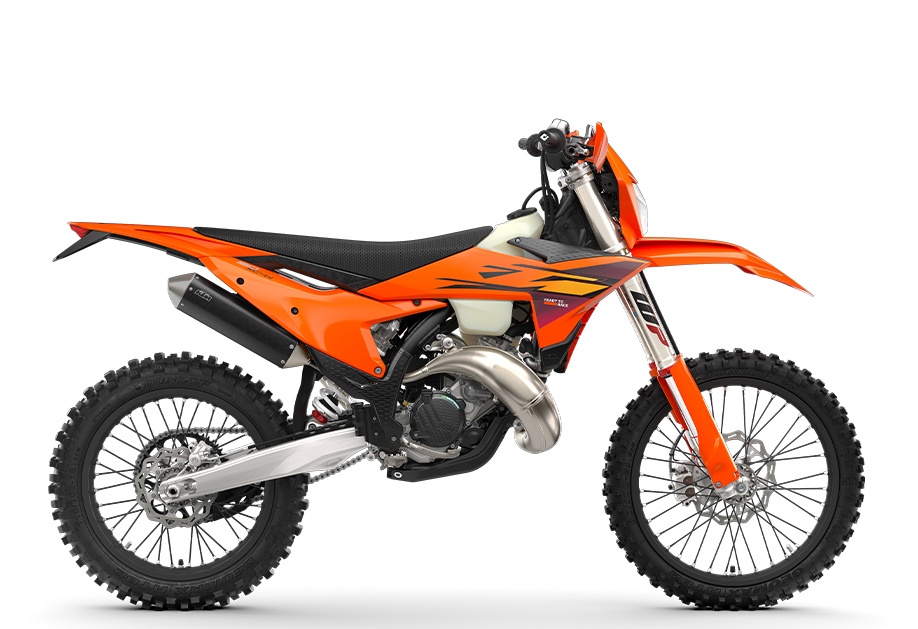
2026 KTM 150 XC-W
LIMITLESS

2025 KTM 300 EXC CHAMPION EDITION
CHALLENGE ANY TERRAIN
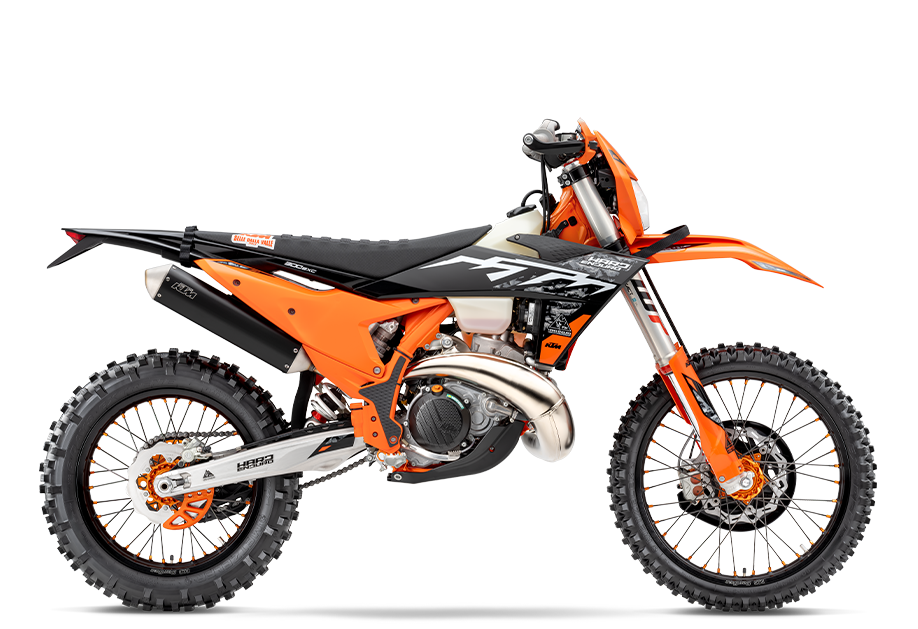
2025 KTM 300 EXC HARDENDURO
BUILT TO BEAT THE BEST
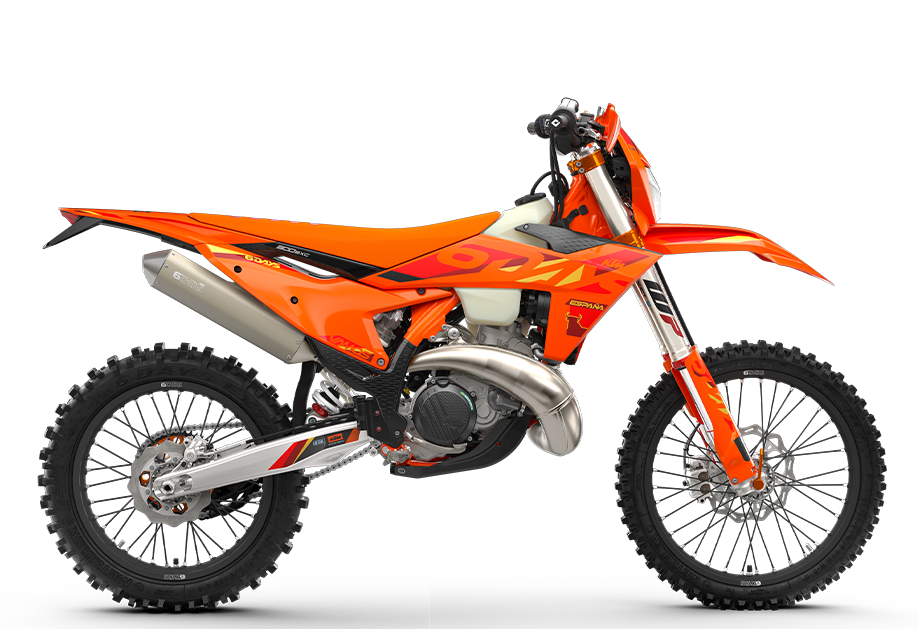
2025 KTM 300 EXC SIX DAYS
CHALLENGE ANY TERRAIN
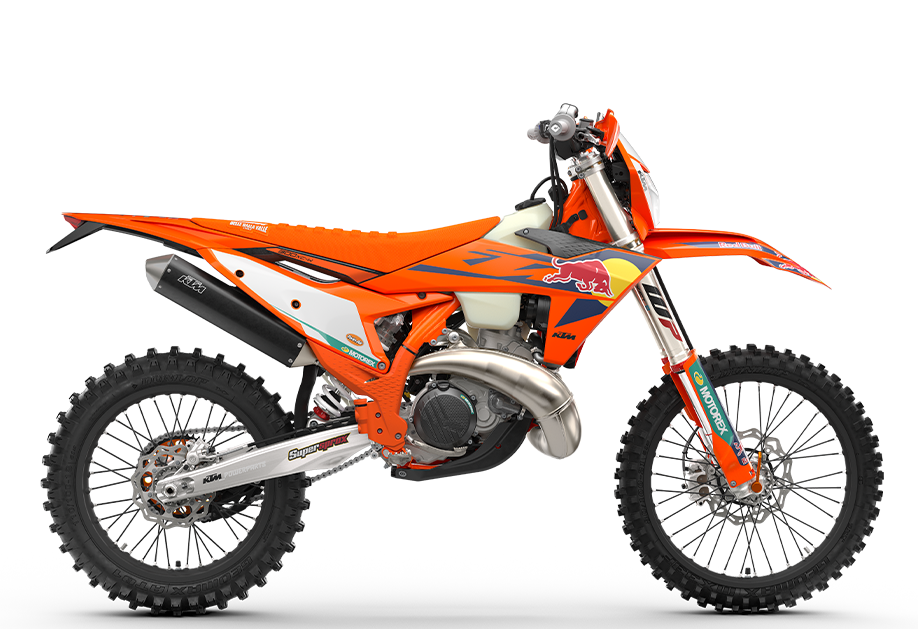
2025 KTM 300 XC-W CHAMPION EDITION
CHALLENGE ANY TERRAIN
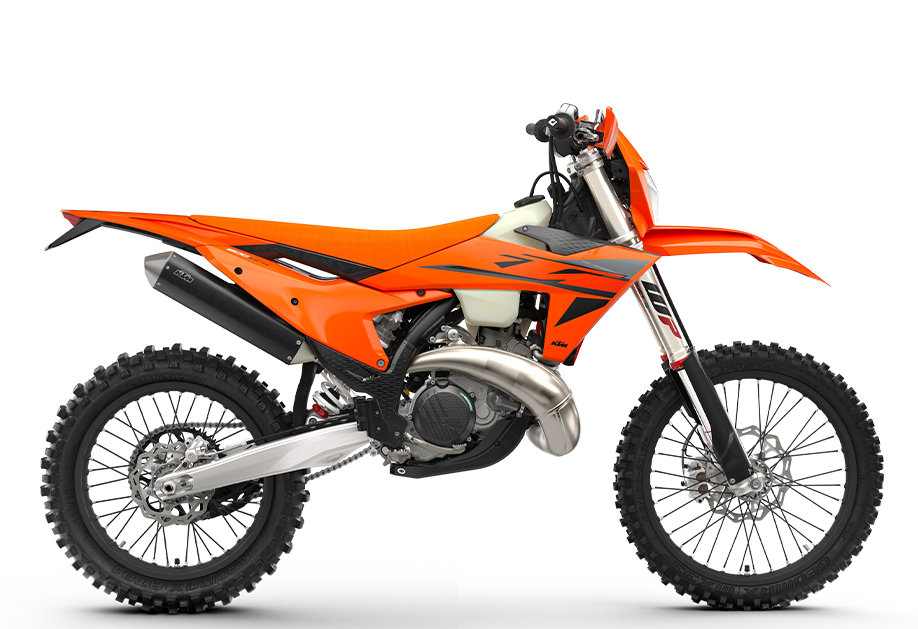
2025 KTM 300 XC-W
LEGENDARY ENDURO
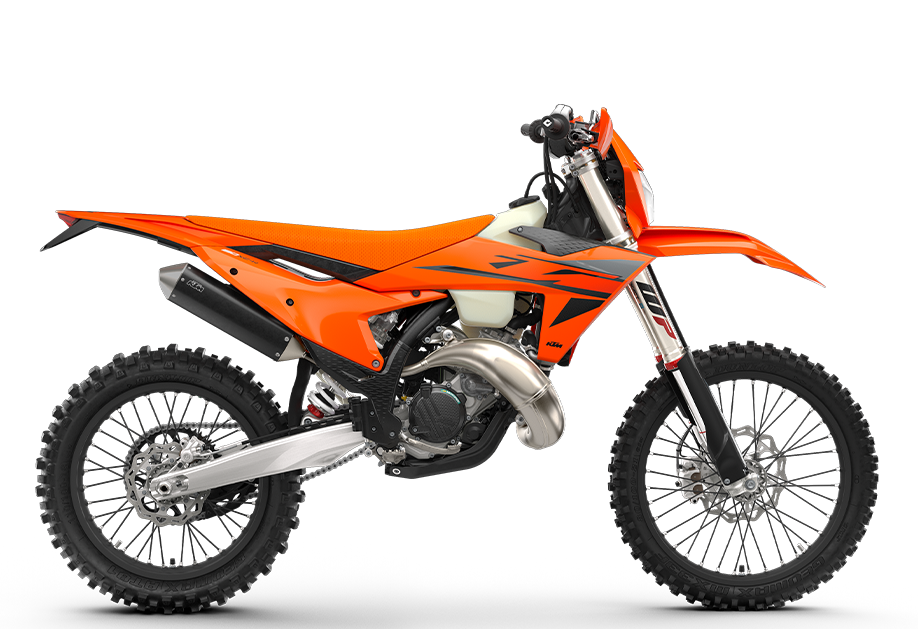
2025 KTM 150 XC-W
LIMITLESS
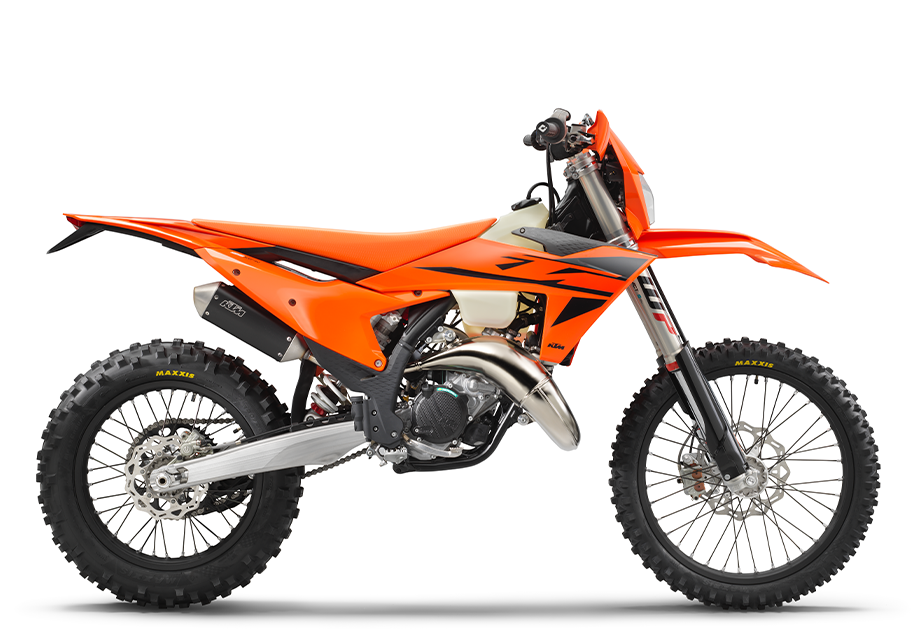
2025 KTM 125 XC-W
FULL GAS
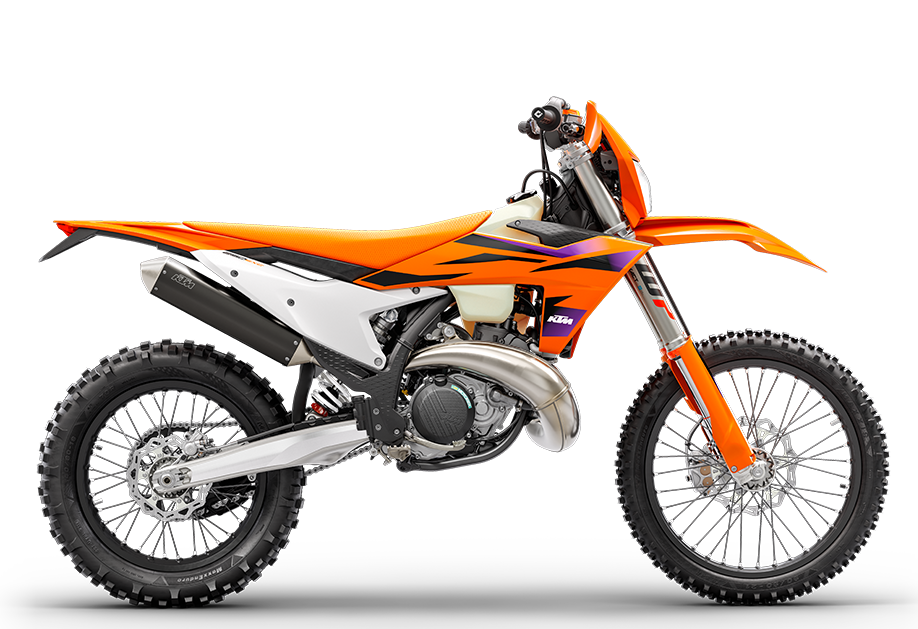
2024 KTM 250 EXC
RACE TO NEW HEIGHTS
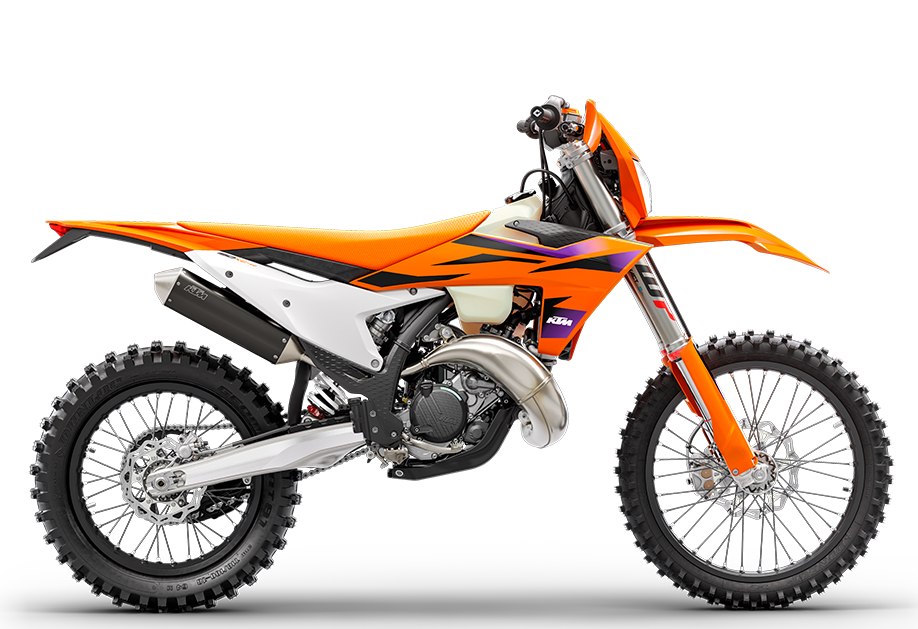
2024 KTM 150 XC-W
LIMITLESS
Whether you’re tearing along single trails to push your own boundaries, or in a race against the clock, KTM’s 4-strokes are built to shred. With plenty of torque, tractable power, top-end speed, incredible stability, and Closed Cartridge forks, there is no better machine for high speed encounters with mother nature, going fast never felt so good!
4-stroke
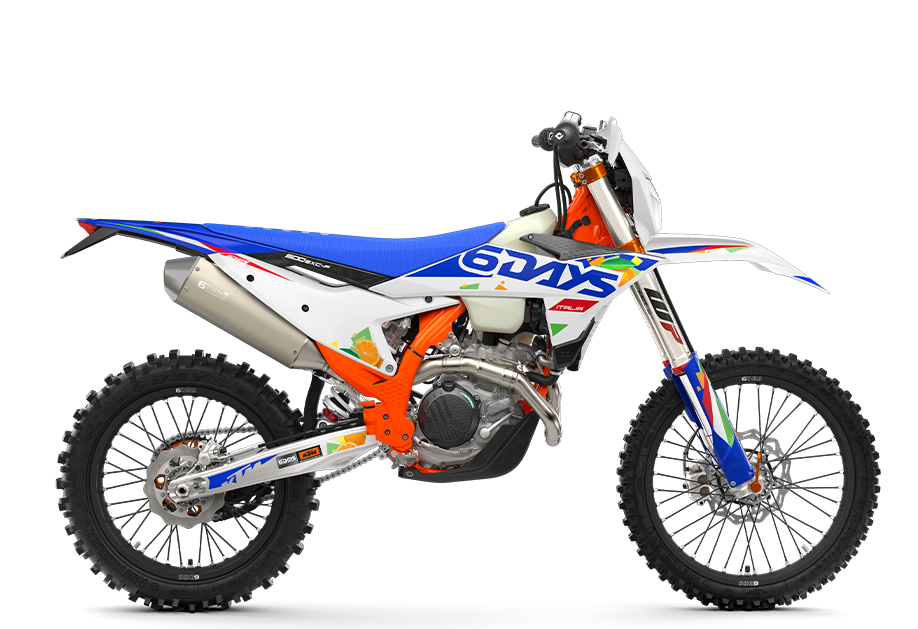
2026 KTM 500 EXC-F 6DAYS
INCREASE YOUR BLAST RADIUS
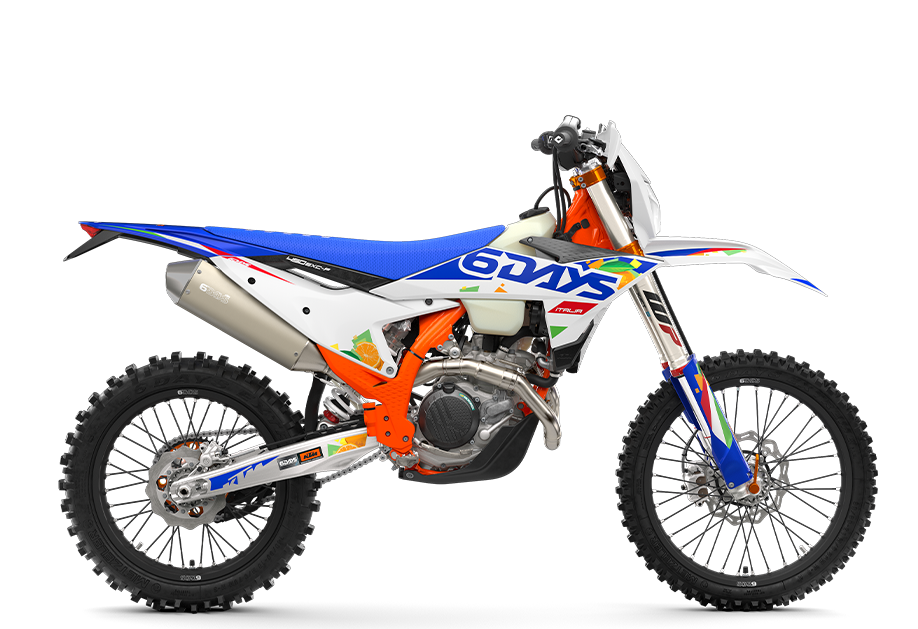
2026 KTM 450 EXC-F 6DAYS
TEST YOUR LIMITS
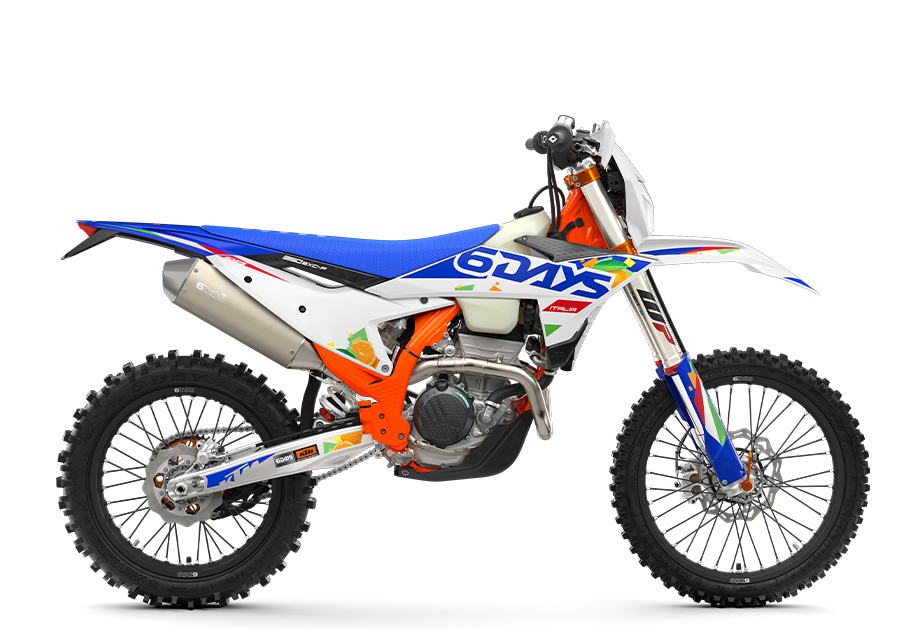
2026 KTM 350 EXC-F 6DAYS
NO CONTEST
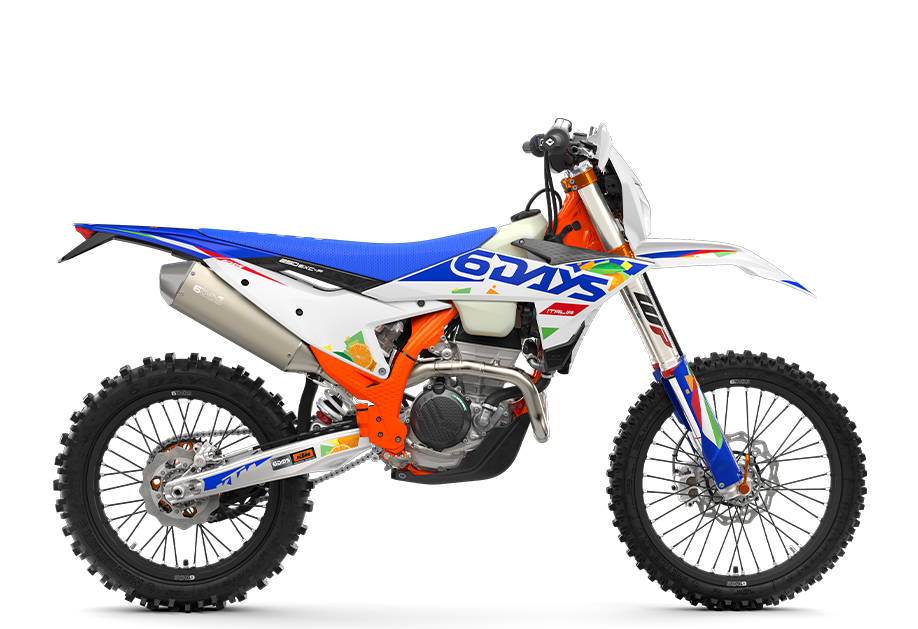
2026 KTM 250 EXC-F 6DAYS
BREAK BOUNDARIES
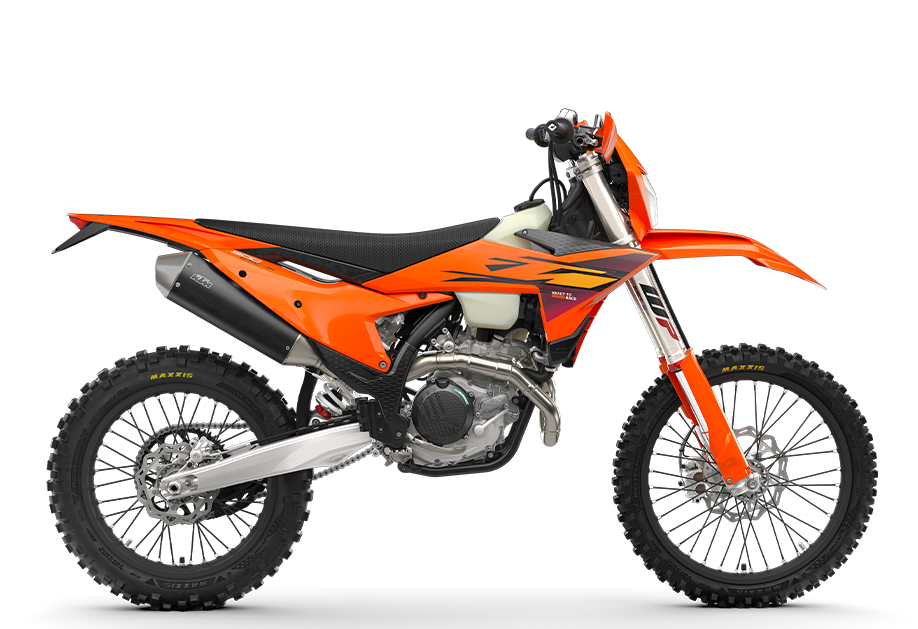
2026 KTM 500 EXC-F
ENDURO ANYWHERE
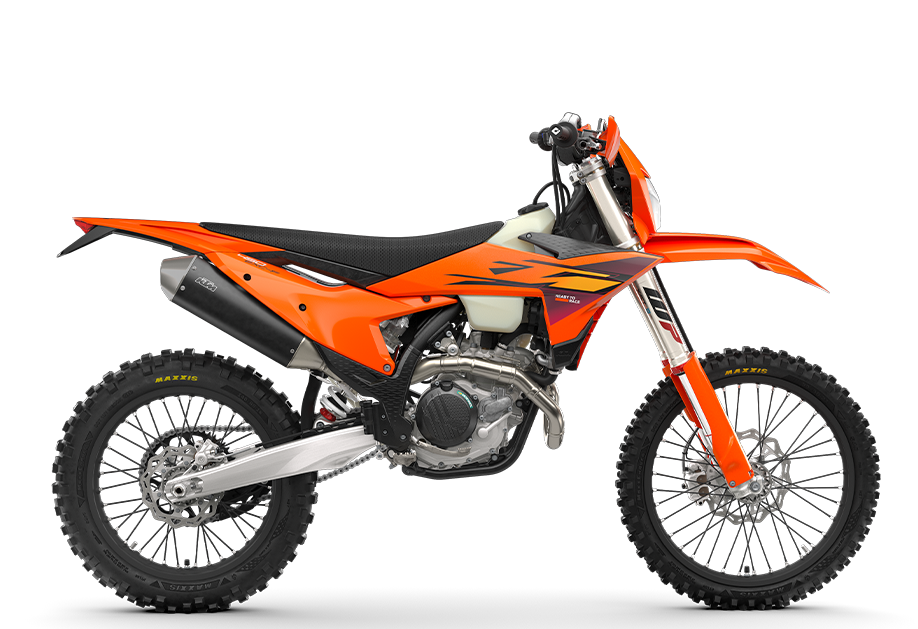
2026 KTM 450 EXC-F
CHALLENGE THE EXTREME
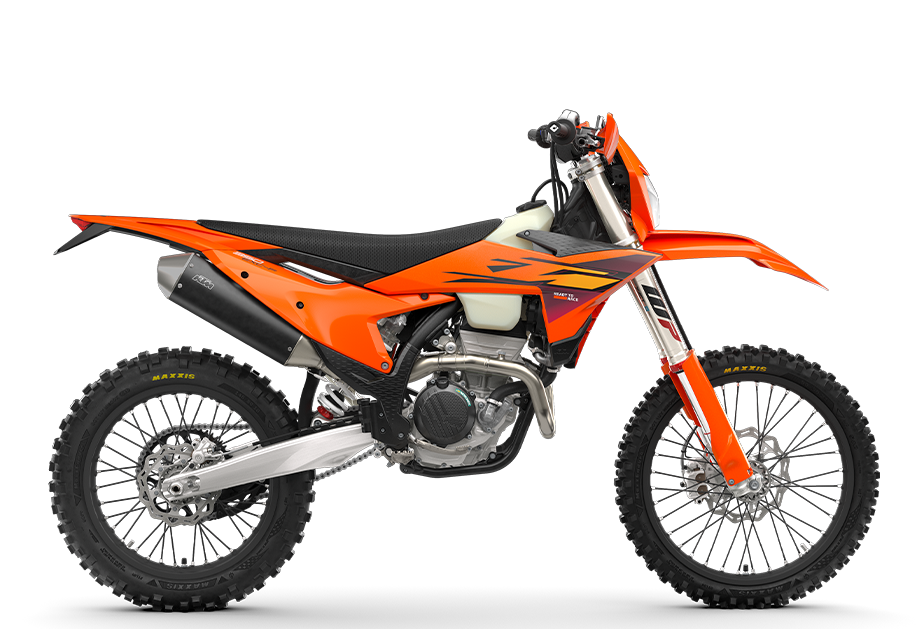
2026 KTM 350 EXC-F
CHASE NEW LIMITS
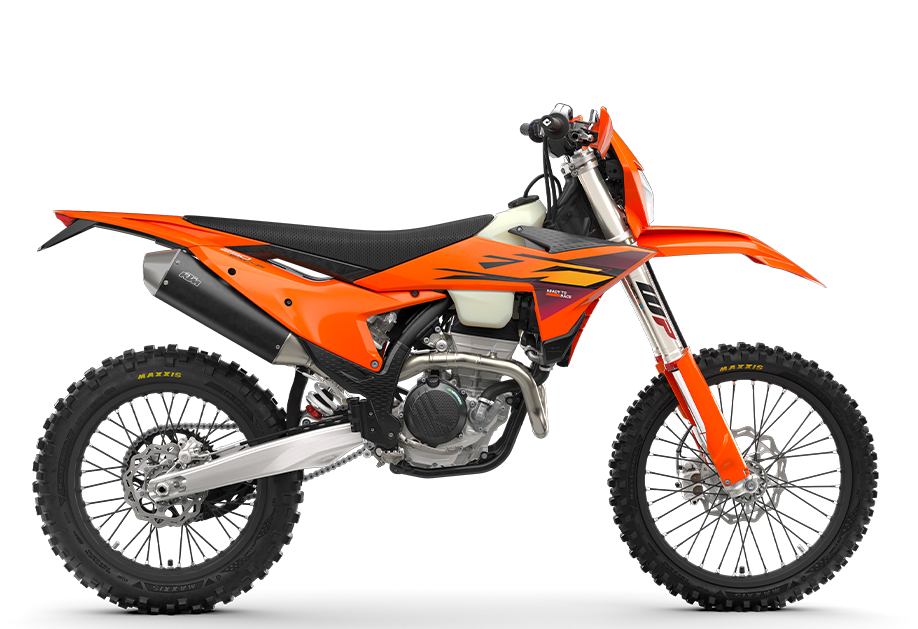
2026 KTM 250 EXC-F
FIND YOUR LIMIT
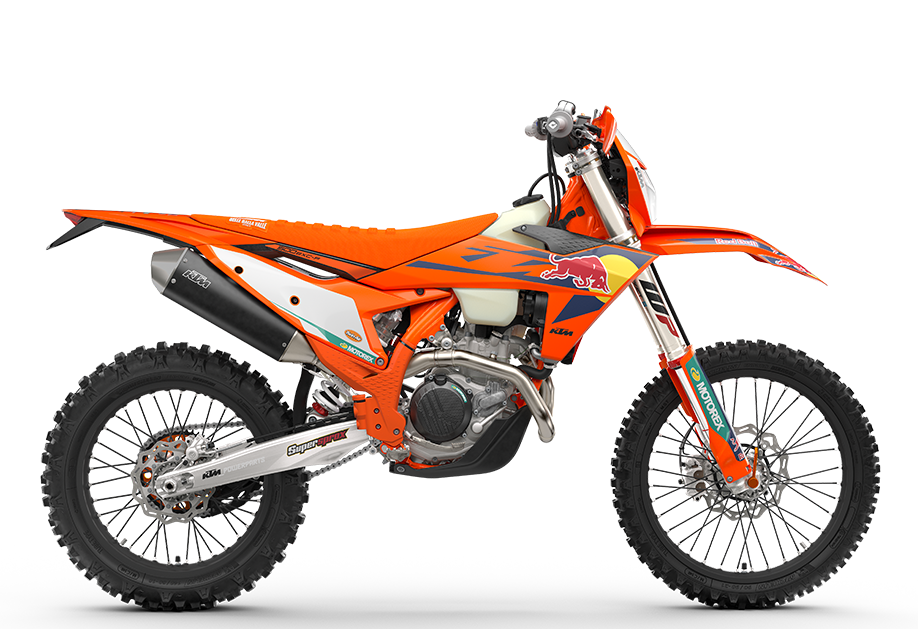
2025 KTM 500 EXC-F CHAMPION EDITION
INCREASE YOUR BLAST RADIUS
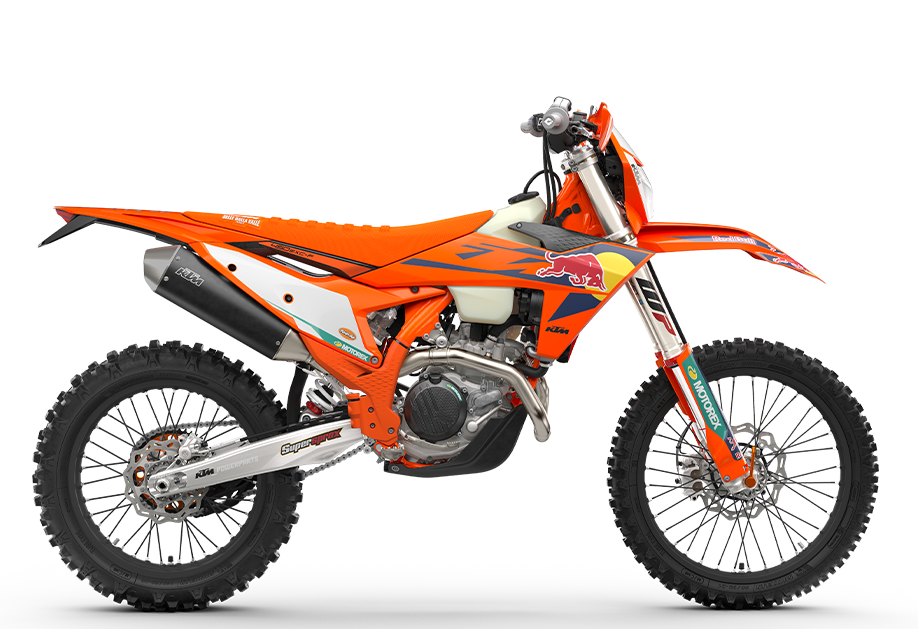
2025 KTM 450 EXC-F CHAMPION EDITION
CHALLENGE THE EXTREM
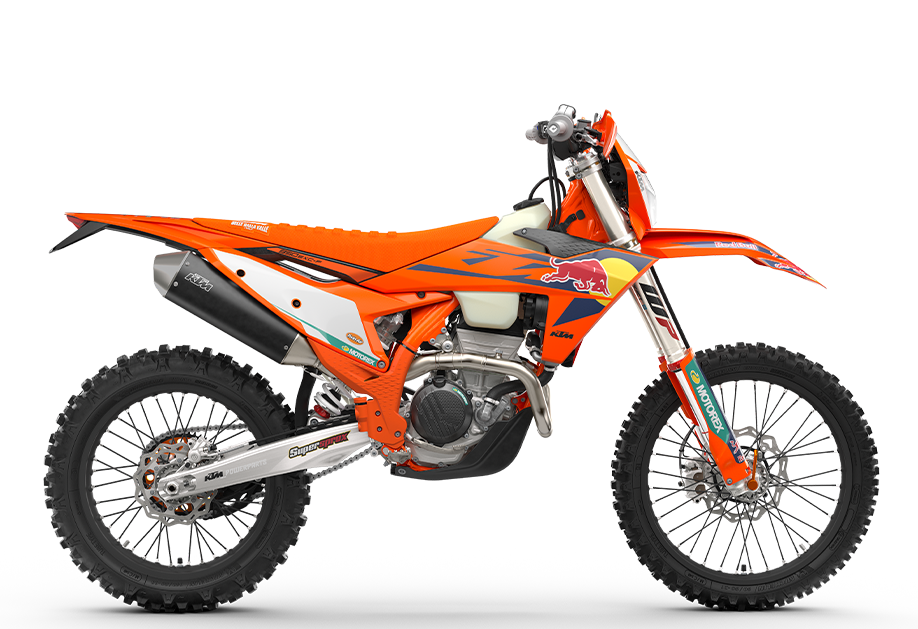
2025 KTM 350 EXC-F CHAMPION EDITION
CHASE NEW LIMITS
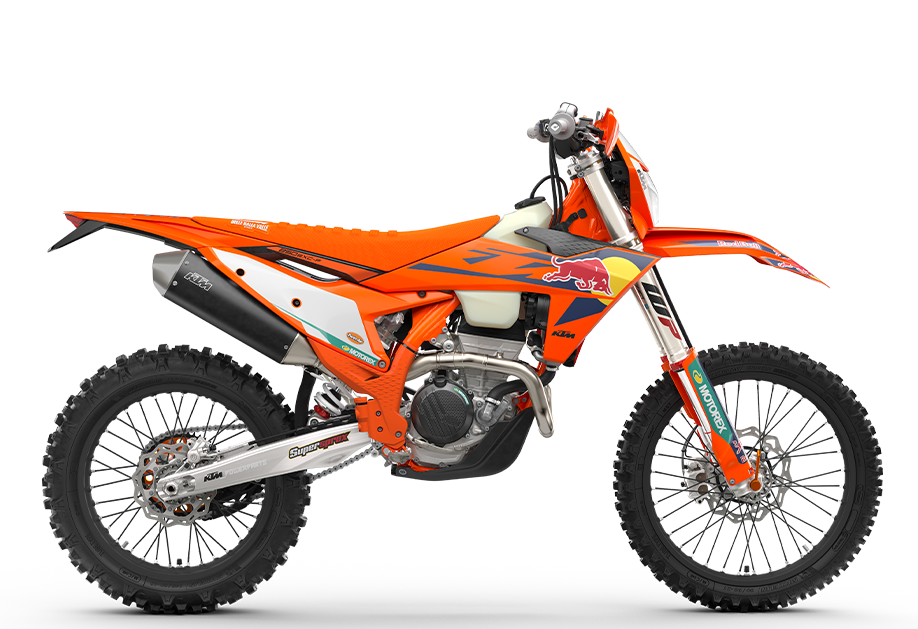
2025 KTM 250 EXC-F CHAMPION EDITION
BREAK BOUNDARIES
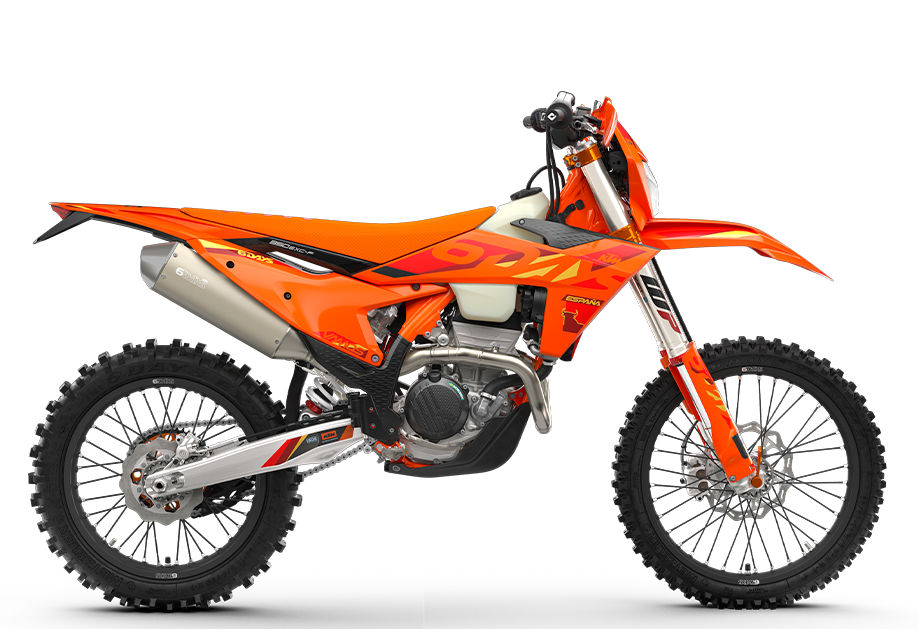
2025 KTM 350 EXC-F SIX DAYS
NO CONTEST
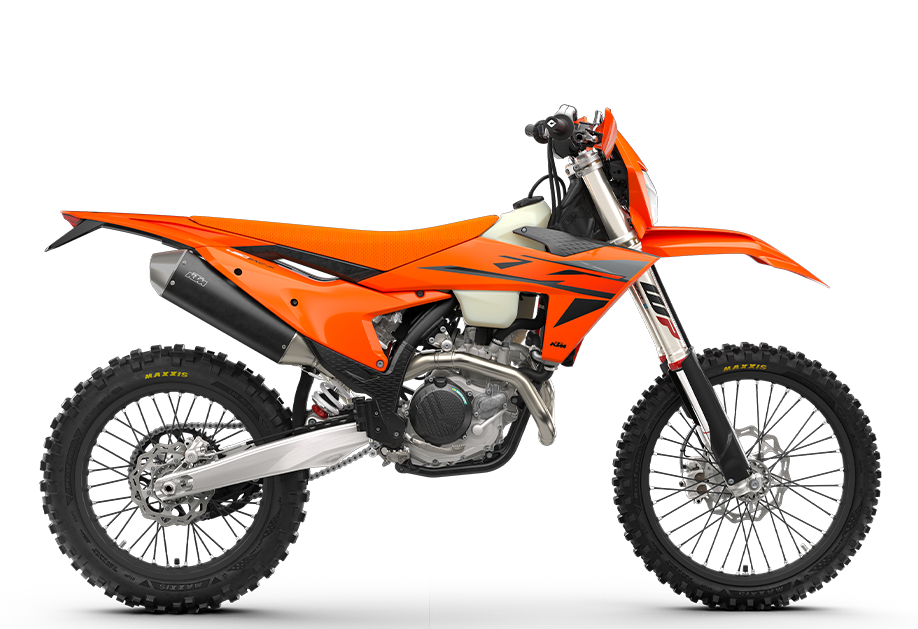
2025 KTM 450 EXC-F
CHALLENGE THE EXTREME
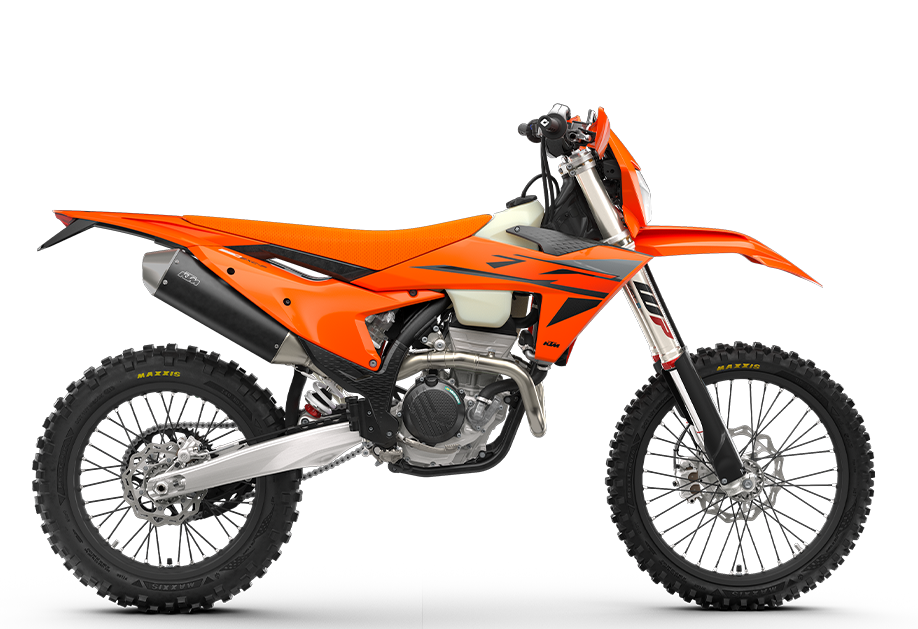
2025 KTM 350 EXC-F
CHASE NEW LIMITS
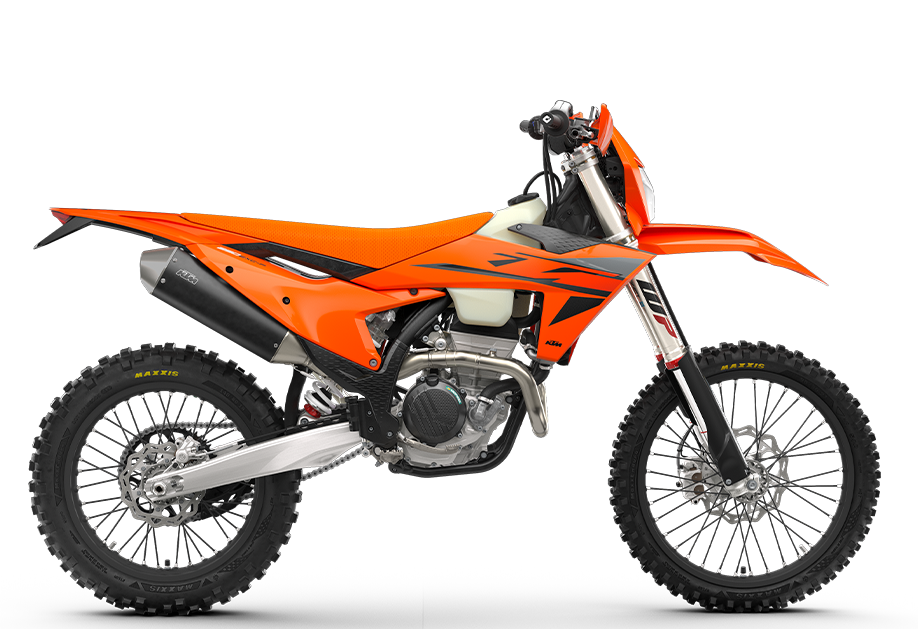
2025 KTM 250 EXC-F
FIND YOUR LIMIT
